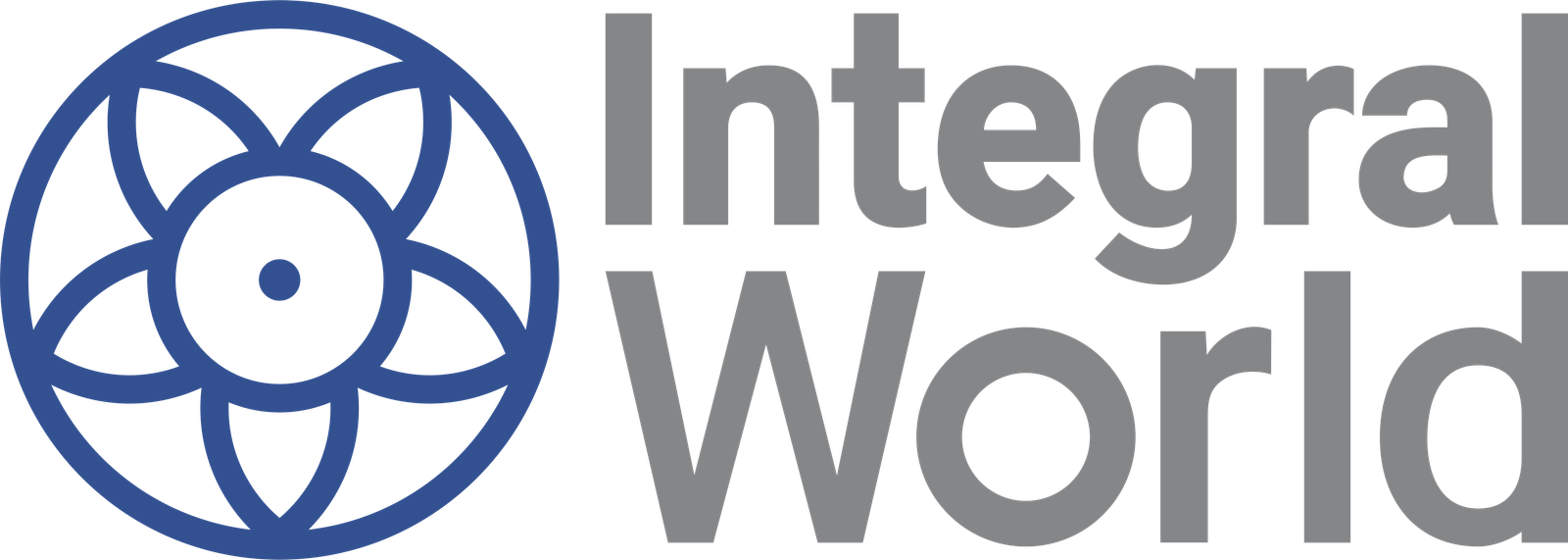The organizational communication study originates from the business information, business communication and early mass communication studies published from the 1930s to the end of the 1950s. In 1947 the Nobel Laureate Herbert Simon (1916 to 2001), an American political scientist, economist, sociologist and psychologist, published his first book – Administrative Behavior. The book focuses on the importance of the effective communication for the organizational life.
There are two main views on the organizational communication: that it is an aspect of the organization or an underlying basis of the organization itself. In the context of the globalization the effective communication is considered to be a major factor with significant impact on the success of organizations, thus the second view is accepted as the more appropriate. The organizational communication study has three theoretical perspectives: the technical, the contextual and the negotiated. The technical view shows the communication as a mechanistic system. It focuses on the ways that a message can be delivered with minimum distortions and errors.
The contextual approach to communication focuses not just on content but on the larger context. It pays attention to nonverbal cues as well as verbal content. It also looks at the relational context between the sender and receiver within the larger social, organizational or cultural context. It sees words as symbols interpreted in context.
Discourse analysis is an extension of the contextual perspective. Rather than looking at a particular interpersonal exchange or sequences of exchanges, this analysis looks at an overall body of communication (including formal and informal, oral and written communication of all kinds).
The negotiated view of communication and meaning examines how the communication context itself is negotiated. For example, how judgments of appropriateness and knowledge claims are constructed.
Communication can be divided into several layers: interpersonal, group, organizational, inter-organizational and mass communication. Some experts prefer to distinguish between micro (interpersonal), meso (group, organizational and inter-organizational), and macro (all higher order communication) levels.
Although interpersonal and group level communications stand lower than organizational communication, they are very important for the organizations. As organizations became more communication-based, improvement of the interpersonal communication skills of all employees is attracting greater attention.
The organizational communication can be formal and informal. Although the initial focus of experts was on the formal top-down communication, the informal is gaining higher importance in modern organizations that want to ensure effective work processes. The computer-facilitated communication is seen as neither formal nor informal. Experts believe that this type of communication will substitute the formal-informal dichotomy.
Communication can also be characterized as vertical, horizontal, or diagonal. Vertical communication occurs between hierarchically positioned persons and can involve both downward and upward communication flows. Downward communication is more prevalent than upward communication.
Studies of downwards communication show that for organizations, it is best when managers talk directly with immediate supervisors who communicate directly with their staff. Managers should have a follow-up communication directly with employees on important issues. Horizontal communication involves persons who do not stand in hierarchical relation to one another. Recent trends to flatten organizations have enhanced the importance of this communications. It can involve managers, workers within a team or employees from different teams who should cooperate. Diagonal communication refers to communication between managers and workers located in different functional divisions. This concept was introduced to capture the new communication challenges associated with new organizational forms, such as matrix and project-based organizations.
Depending on its audience, the organizational communication can be internally or externally oriented. As organizations increase the range and centrality of their interactions with customers and supplier the communication competencies and resources of the organization become more important. Organizational communication has several key functions: gaining compliance; leading, motivating and influencing; making sense of issues; solving problems and making decisions; managing conflicts, negotiating and bargaining.
New communication technologies and possibilities, combined with new challenges confronting organizations, are encouraging a whole new approach to organizational communication that challenges the very nature of organizations themselves. New communication technologies can enable almost every aspect of organizational management and effectiveness, including change management, knowledge management, participative management, innovation and organizational partnerships and alliances.

